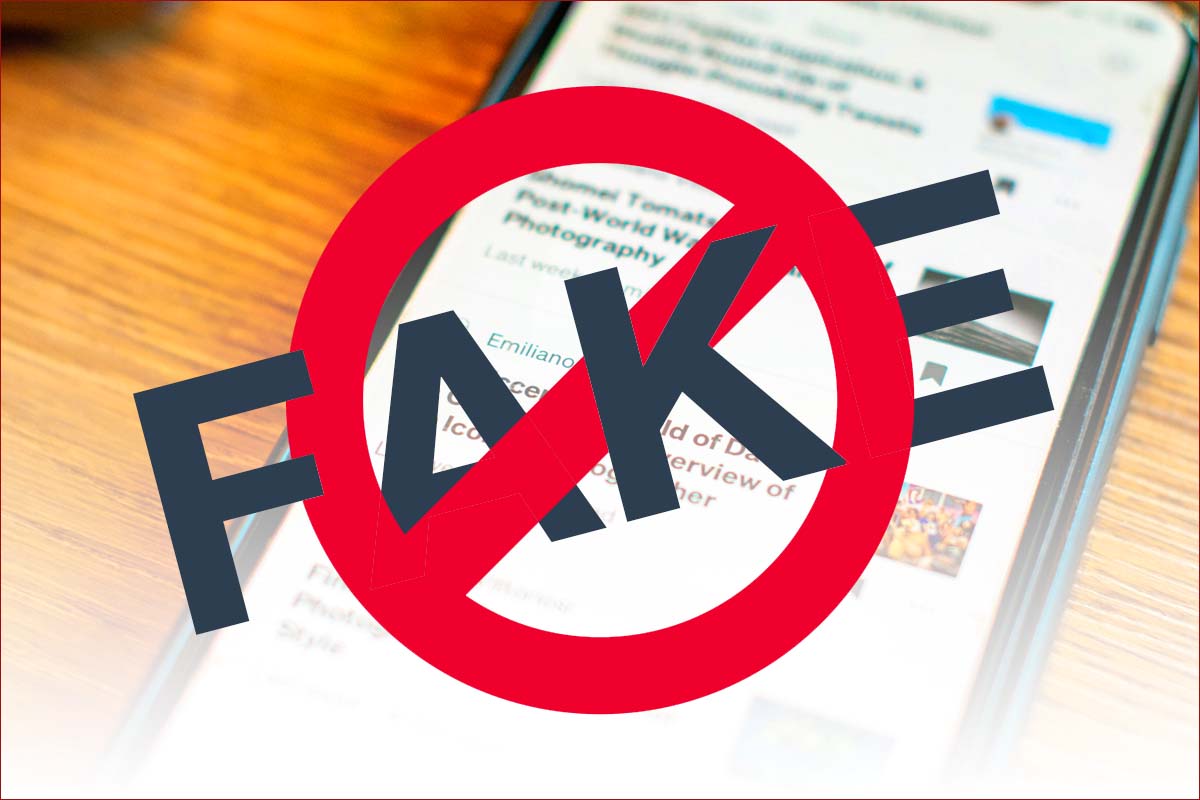
Have you ever stumbled upon an article or a post on social media that seemed legitimate but was actually propaganda? A rumour or someone’s ravings posing as factual news? While spotting fake news online takes some detective work, it’s an important skill to master today. So, today, let’s share tips on how to spot fake news on social media.
Know Your Source: First and foremost, always establish whether the source of information is reputable. Is it a news organisation you recognise? Fake news sites often have names that mimic reputable ones but with minute typos or strange URL links. Endeavour to check the “About Us” section for credibility.
Examine the Story: When engaging with online news and articles, it is essential to look out for some key indicators of credibility:
- Facts and Sources: Does the article or story cite its sources? Are there quotes or statistics from experts? Look for references to studies or expert opinions. Reputable news articles often link to authentic sources or provide enough detail for you to find the source independently. Be wary of articles that make sweeping claims without backing them up with evidence.
- Dates and Timelines: Check for incorrect dates or timelines of events. Misinformation often involves manipulating dates or presenting outdated events as current. Pay attention to the publication date of the article and any dates within the text to see if they make sense in the given context.
- Bias and Balance: Is the story overly one-sided? Credible stories often aim to present multiple perspectives. Be suspicious of articles that use emotionally heavy language or those that seem to push a specific agenda without acknowledging other viewpoints. Balanced articles will often include counterarguments or responses from different stakeholders.
Understand the Purpose of the Article: Consider why the story was written. Is it meant to inform, entertain, or provoke an emotional response? Articles designed to generate outrage or fear often lack factual accuracy. News articles primarily aim to inform, so you should try to recognise the difference between news, opinion, and satire.
Analyse the Comments and Engagement: Often, fake news sites have inflammatory or highly polarised comments designed to divide opinions into two completely opposing groups. High engagement doesn’t necessarily mean the news is credible, but it can give clues about the content’s intent and reception. Sometimes, knowledgeable people will debunk false news directly in the comments section. These fact-checking comments can help you verify the accuracy of the article’s content. If many users are pointing out factual inaccuracies or providing evidence that contradicts the article, then it’s a strong indication that the article may not be reliable.
Verify with Other Sources: If a story is true, it will likely be reported by multiple outlets. Cross-check with other sources to see whether they too have content on the topic. Fact-checking websites like FactCheck.org can also assist in verifying the claims made in the articles.
With the increased accessibility of online publications, honing your ability to discern fact from fiction is crucial. Stay informed and sceptical before accepting online information as the sole truth.
